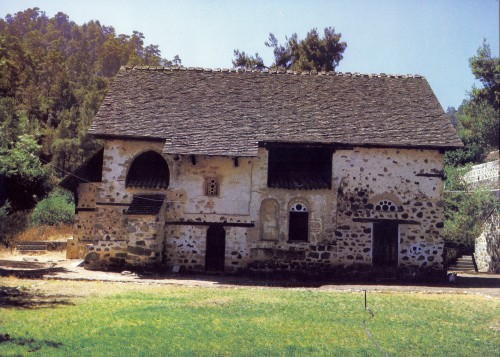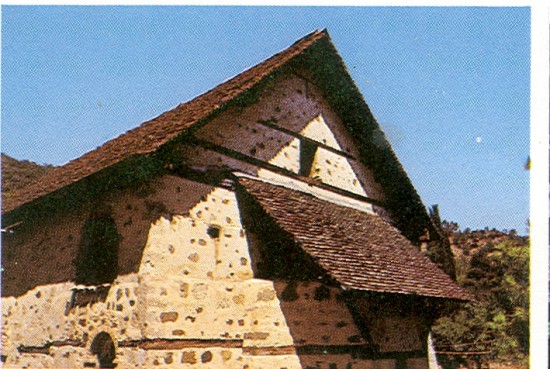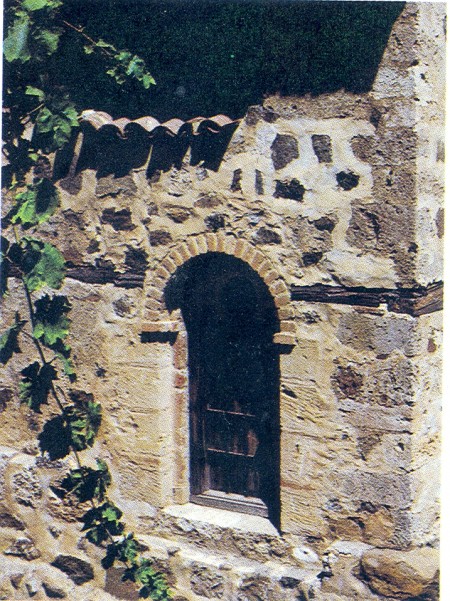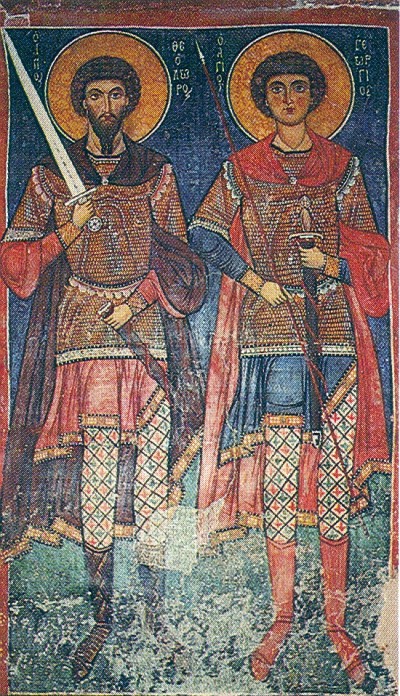The church of Saint Nicholas tis Stegis, Kakopetria, Cyprus
14 Μαΐου 2010
The church of Saint Nicholas tis Stegis is situated in the central region of the Troodos mountains, in the north of the Solea Valley and is regarded as one of the most important byzantine churches of Cyprus. It is built on the west bank of the river Klarios/Karkotis, southwest of the village of Kakopetria.
The church itself is the only surviving part of a byzantine monastery, called Ktholikon. It was probably built during the first half of the 11th Century. The monastic community ceased to function in the 19th Century. Since then, the church served as a country church and a pilgrimage site.
Barski (July 1735) wrote that the monastery “has a very beautiful church of architectural interest with a dome, which is not visible from the outside, because the whole church is covered by a second wooden roof with slates, to protect it from the ice and snow.”
The church is a domed cross-in-square structure. The original building has undergone many alterations which distorted its appearance. The church was originally built in the 11th Century and did not have a narthex. This was added in the beginning of the 12th Century. The steep-pitched roof, which carries its name “tis Stegis” is dated to the late 12th and early 13th Century. In the later years the northern wall of the narthex was demolished and was rebuilt as it is found today. As a result many frescoes have been destroyed.
On the northern wall, a door was opened and the window on top of this changed its style. Various other alterations changed the appearance of the church. Only the northern wall resembles somehow its original state and this is apparent from the shallow stepped shell and the window of the northwestern part of the church.
The church boasts of frescoes dating to the 11th, 12th, 13, 14 and 15th Centuries. Therefore this church is a virtual museum where the visitor may study the progress of the byzantine art in Cyprus. It is also worth mentioning the iconostasis which dates to the 17th century as well as some icons.
The wall murals which are found in the church of Saint Nicholas Tis Stegis are dated to the 11th Century up to the 15th and then on to the 17th, but the most significant ones are unquestionably those dating to the 11th Century. They are laden with intense spirituality and simplicity, while the psychic world of the persons depicted is made plain. The figures do not possess volume or weight and are simply depicted in two dimensions. The colors are pale and of limited range. A sample of this 11th century wall paintings is the Vaioforos.
In the 14th Century a large part of the church was painted over. These later murals are linear and plainly figured with vivid colors as it is demonstrated in the Saint Theodoros and Yeoryios’ painting. A little later another painter decorated again the apse, the eastern and southern vaults, the south wall and the eastern front of the southwestern pessary.
These frescoes are characterized by somehow excessive rosiness and there is an evidence of an inequality of the color range. Except from the painting of the Birth of Christ, which is shown in the large picture, the colors are less vivid and limited.
These pictures are somehow simplified and the figures are not as carefully depicted. However, the painter loves detail and variety. One may see this love in the way he has drawn the baby on the breast and the young shepherds, one of which plays the flute and the other the pibroch. The church of Saint Nicholas Tis Stegis is one of the ten churches of Cyprus which have been granted World Cultural Heritage status by UNESCO.









